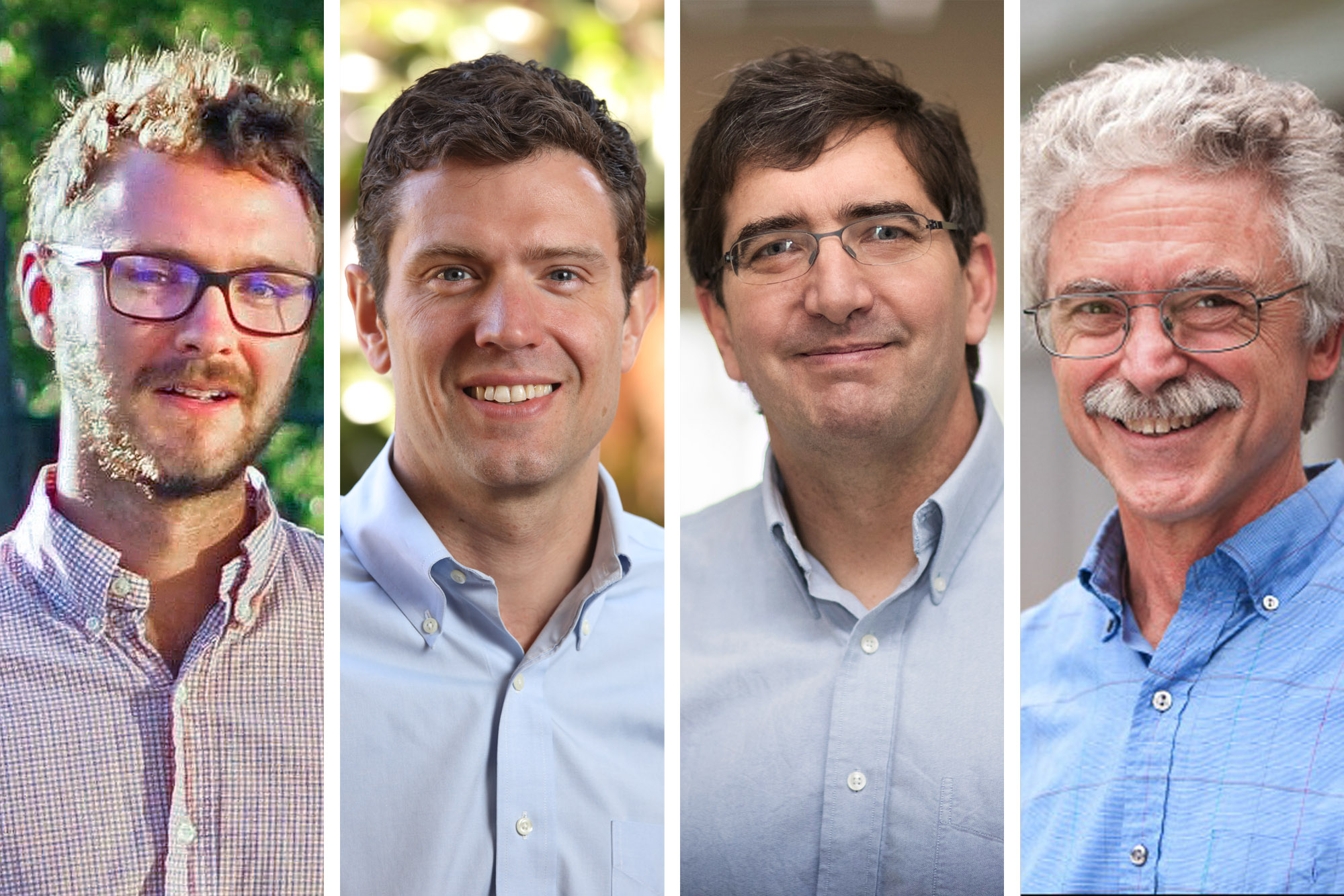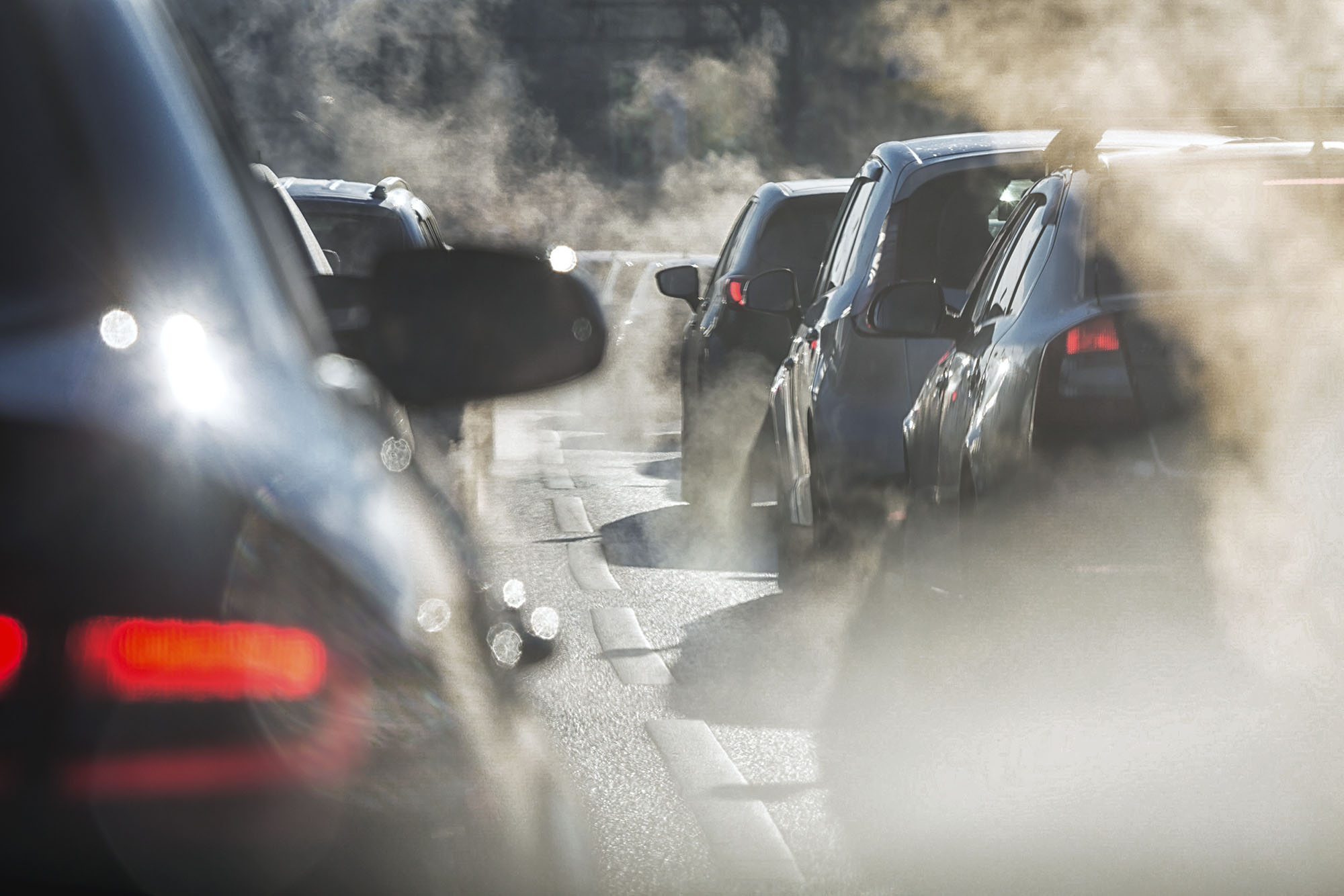A team led by researchers at the University of Virginia cautions that when it comes to climate change, the world is making a bet it might not be able to cover.
The team’s new paper in the journal Nature Climate Change explores how plans to avoid the worst outcomes of a warming planet could bring their own side effects.
The handful of models the United Nations Intergovernmental Panel on Climate Change and decision-makers around the world trust to develop strategies to meet carbon neutrality commitments all assume negative emissions technologies will be available as part of the solution.
Negative emissions technologies, often called NETs, remove carbon dioxide from the atmosphere. The three most widely studied approaches are bioenergy with carbon capture and storage, which entails growing crops for fuel, then collecting and burying the CO2 from the burned biomass; planting more forests; and direct air capture, an engineered process for separating CO2 from the air and storing it permanently, likely underground.

Jay Fuhrman, an engineering Ph.D. student, and UVA professors Andres Clarens, Scott Doney and William M. Shobe have a new paper in the journal Nature Climate Change. (Contributed photos)
“The trouble is, nobody has tried these technologies at the demonstration scale, much less at the massive levels necessary to offset current CO2 emissions,” said Andres Clarens, a professor in UVA Engineering’s Department of Engineering Systems and Environment and associate director of UVA’s pan-University Environmental Resilience Institute. The institute partially funded the research leading to the Nature Climate Change paper.
“Our paper quantifies their costs so we can have an honest conversation about it before we start doing this on a large scale,” Clarens said.
Since the Paris Agreement to limit global warming to 1.5 degrees Celsius, hammered out by world leaders in 2015, a growing number of corporations such as BP and many institutions and governments – including UVA and the Commonwealth of Virginia – have committed to reaching zero carbon emissions in the next few decades. Microsoft has pledged to erase its carbon emissions since its founding in 1975.
To Clarens, an engineer who studies carbon management, and his fellow researchers, these are encouraging developments. Led by Clarens’ Ph.D. student, Jay Fuhrman, the group also includes economist Haewon McJeon and computational scientist Pralit Patel of the Joint Global Change Research Institute at the University of Maryland; UVA’s Joe D. and Helen J. Kington Professor of Environmental Sciences, Scott C. Doney; and William M. Shobe, research director at UVA’s Weldon Cooper Center for Public Service and a professor in the Batten School of Leadership and Public Policy.

For the research, the team used an integrated model – one of those the United Nations relies on – called the Global Change Assessment Model. The model was developed at the University of Maryland, which partners with the Pacific Northwest National Laboratory to run the Joint Global Change Research Institute. They compared the effects of the three negative emissions technologies on global food supply, water use and energy demand. The work looked at the role having direct air capture available would have on future climate scenarios.
Biofuels and reforestation take up vast land and water resources needed for agriculture and natural areas; biofuels also contribute to pollution from fertilization. Direct air capture uses less water than planting biofuels and trees, but it still demands a lot of water and even more energy – largely supplied by fossil fuels, offsetting some of the benefits of carbon dioxide removal. Until recently, direct air technologies also were considered too expensive to include in emissions reduction plans.
The team’s analysis shows that direct air capture could begin removing up to 3 billion tons of carbon dioxide from the atmosphere per year by 2035 – more than 50% of U.S. emissions in 2017, the most recent year for which reliable data was available. But even if government subsidies make rapid and widespread adoption of direct air capture feasible, we’ll need biofuels and reforestation to meet CO2 reduction goals. The analysis showed staple food crop prices will still increase approximately threefold globally relative to 2010 levels and fivefold in many parts of the world where inequities in the cost of climate change already exist.
“Direct air capture can soften – but not eliminate – the sharpest tradeoffs resulting from land competition between farmland and land needed for new forests and bioenergy,” Fuhrman and Clarens wrote in a blog accompanying the release of the paper.
The costs that remain increase with time, making determined, multipronged actions toward reducing carbon dioxide emissions and removing it from the atmosphere all the more urgent, the researchers argue.
“We need to move away from fossil fuels even more aggressively than many institutions are considering,” Clarens said. “Negative emissions technologies are the backstop the UN and many countries expect will one day save us, but they will have side effects we have to be prepared for. It’s a huge gamble to sit on our hands for the next decade and say, ‘We’ve got this because we’re going to deploy this technology in 2030,’ but then it turns out there are water shortages, and we can’t do it.”
“Before we bet the house, let’s understand what the consequences are going to be,” Fuhrman added. “This research can help us sidestep some of the pitfalls that could arise from these initiatives.”
Media Contact
Article Information
August 25, 2020
/content/remove-carbon-dioxide-air-dont-bet-it-examining-costs-researchers-say

